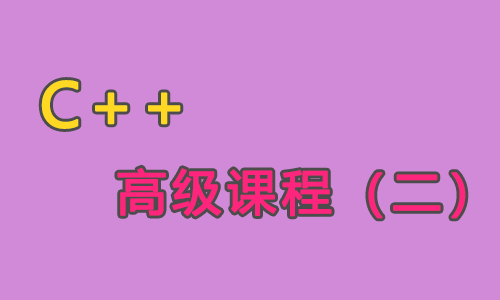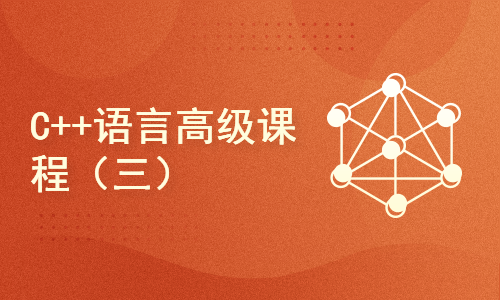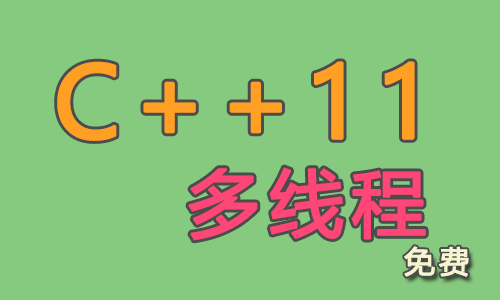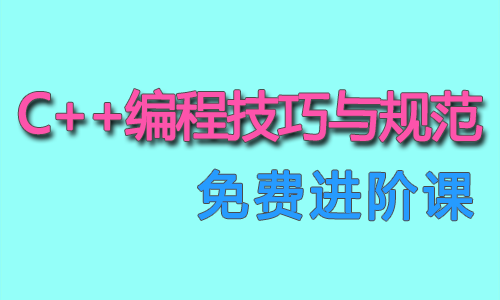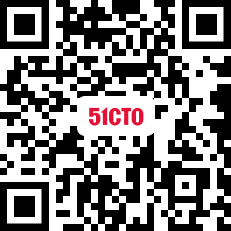-
Best selling package -
Selected Package -
Popularity package -
Exclusive package -
High salary package

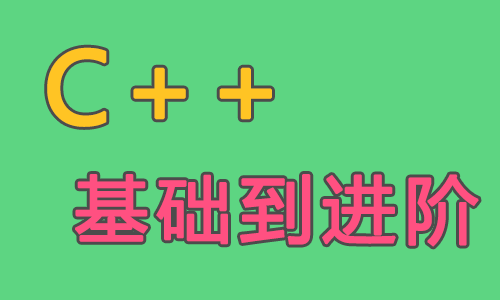
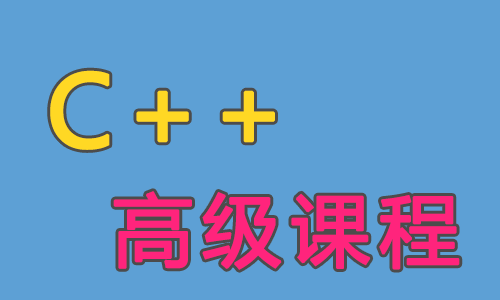



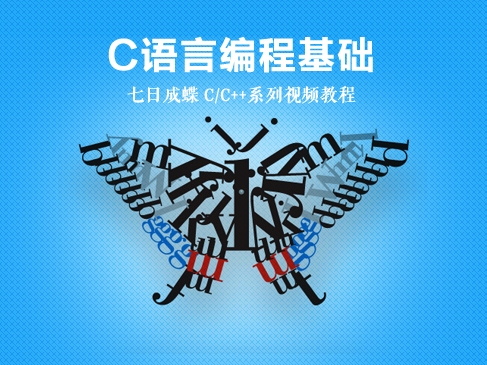
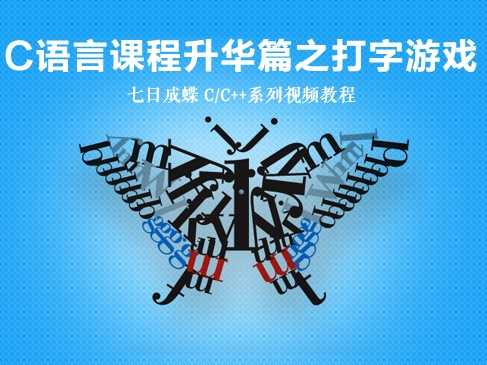
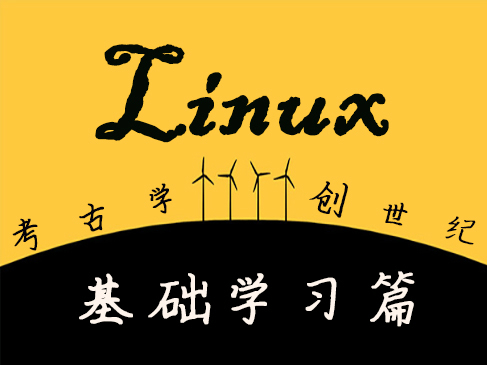
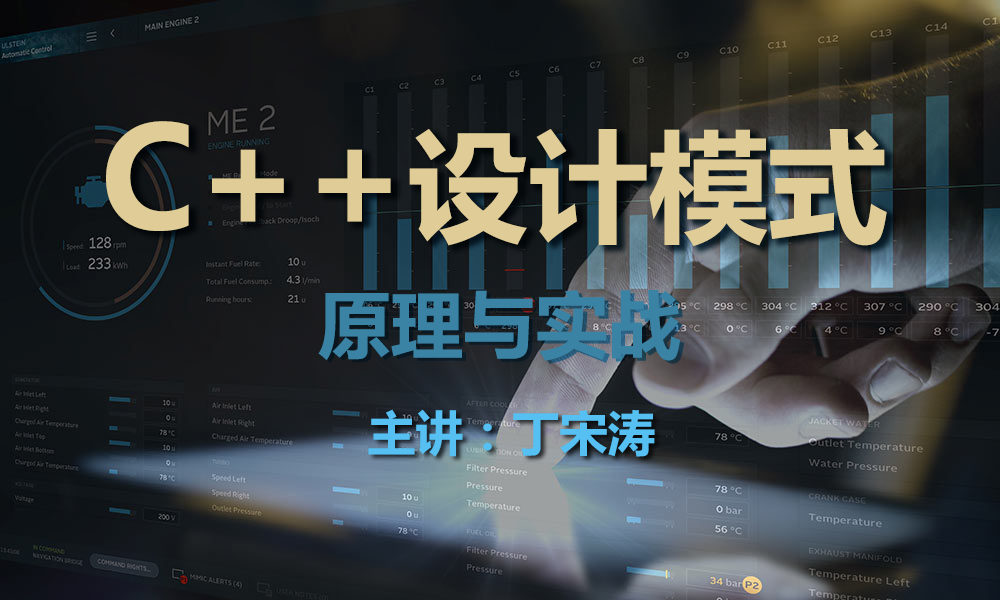
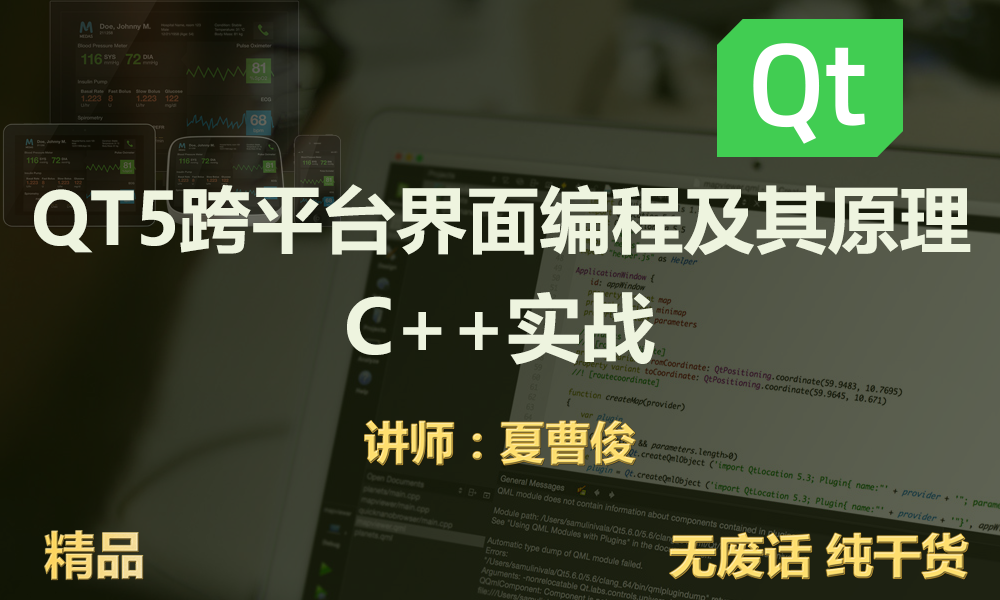
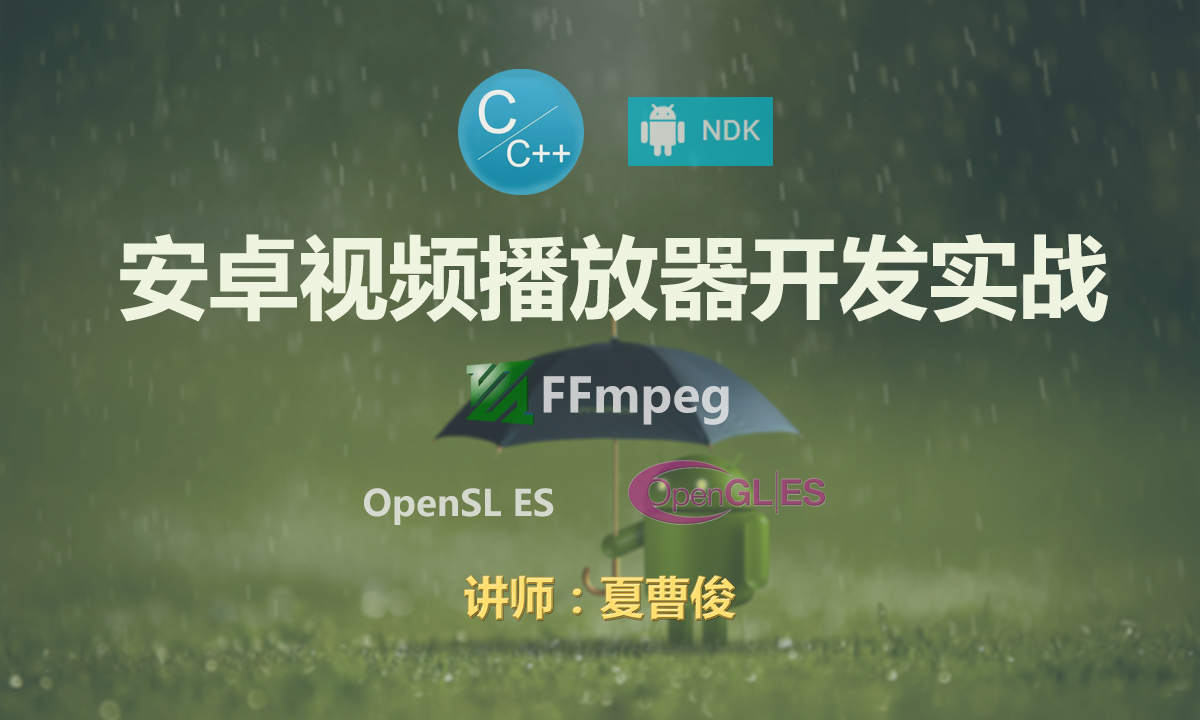



-
Course Introduction -
Course outline
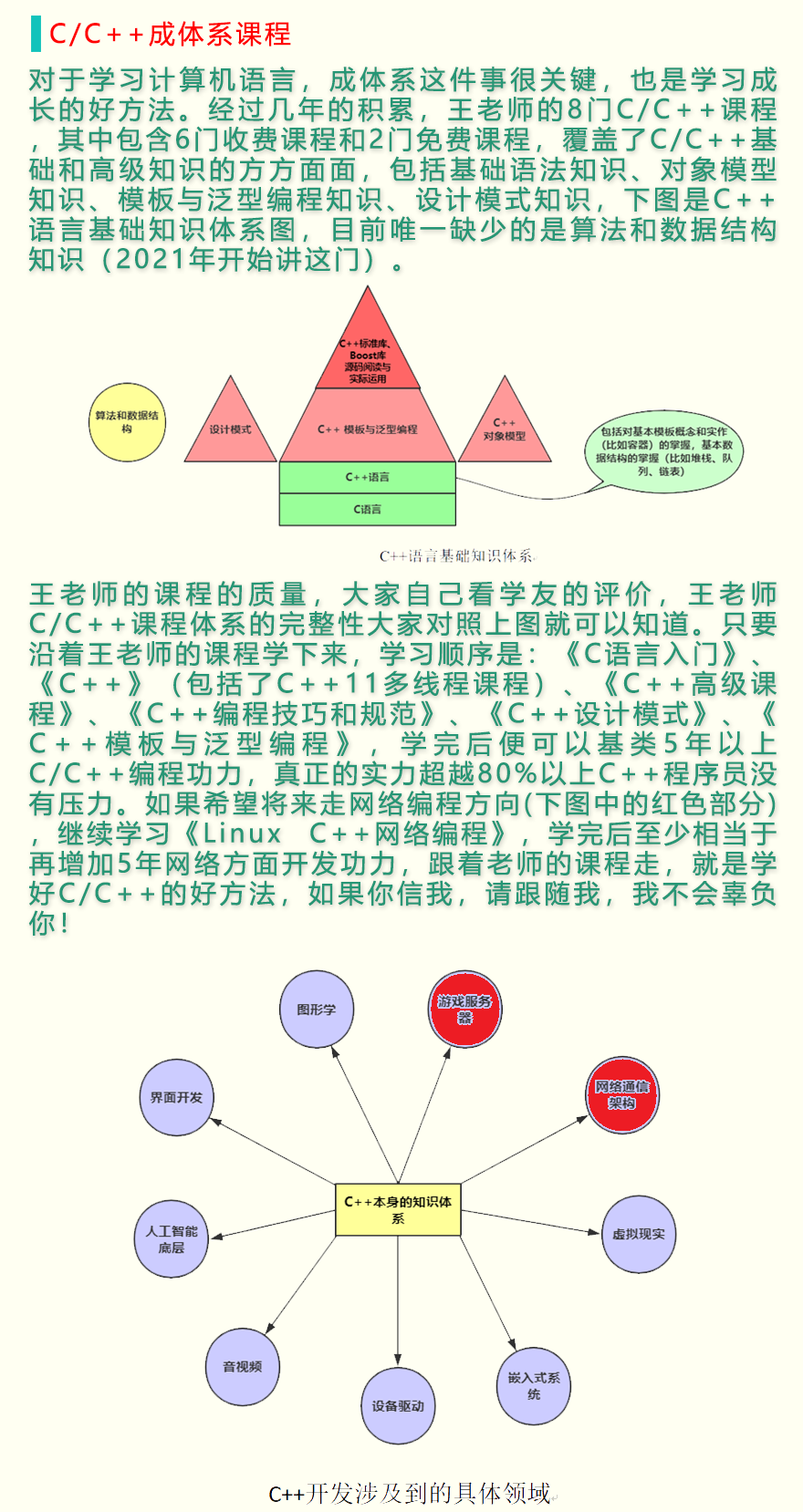
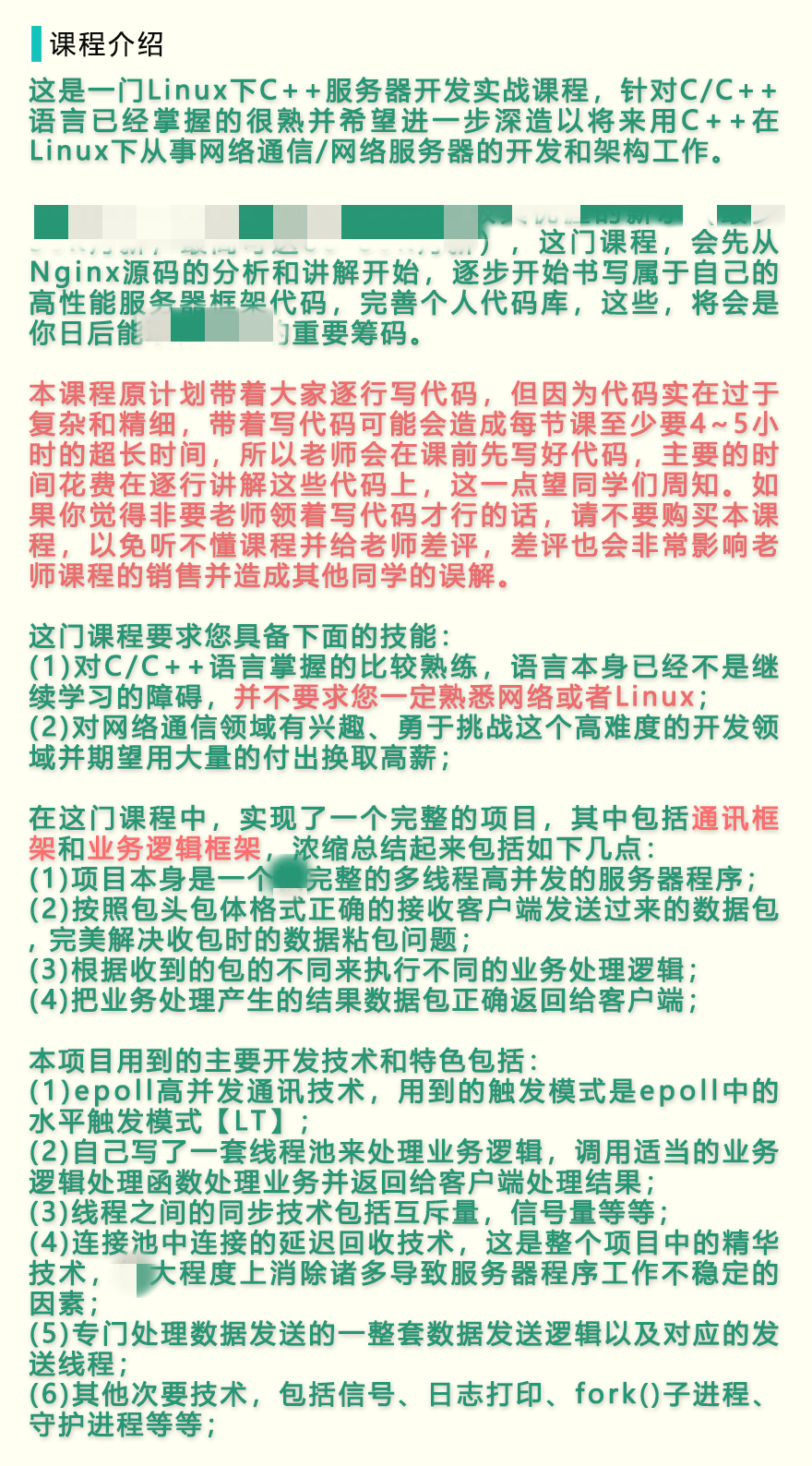
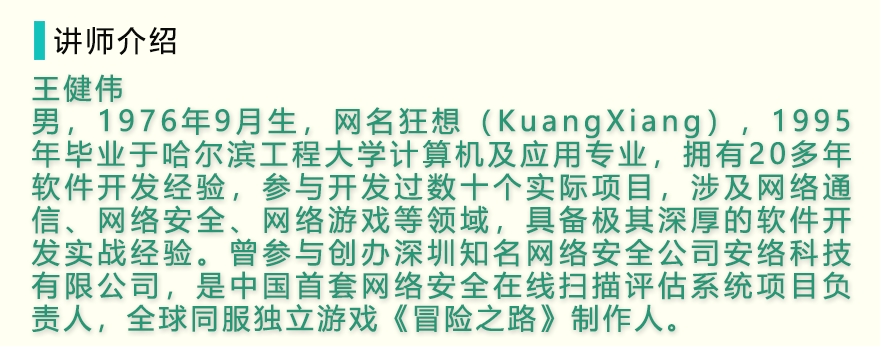
Chapter 1 Course Introduction (2 hours and 34 minutes Section 2) 1-1 Course Details This class, as the first section of the course, the teacher will explain the following contents: (1) General introduction of the course (2) Basic requirements and learning methods (3) Brief self introduction and explanation of characteristics (4) Detailed description of the course (5) Recommended books (6) Conclusion "Only for paying users" Click to download "Linux c++communication architecture practice 1_1. rar" [54:19] Start learning 1-2 Detailed introduction to environment construction In this lesson, the teacher will explain the following topics: (1) vs2017 installation under windows; (2) preparing a word document; (3) installing a virtual machine under windows; (4) installing the linux operating system in a virtual machine; (5) configuring a fixed IP address; (6) configuring a remote connection; (7) installing and compiling tools gcc, g++, etc.; (8) sharing an operating directory "Only for paying users" Click to download "Linux c++communication architecture practice 1_2. rar" [01:40:22] Start learning Chapter 2 Enter the gate of nginx (2 hours 57 minutes Section 2) 2-1 Introduction, reason for selection, installation and use of nginx In this lesson, the teacher will explain the following contents: (1) Introduction to nginx (2) Why choose nginx (3) Install nginx and build a web server (3.1) Installation prerequisites (3.2) Download nginx source code and simple understanding of directory structure (3.3) Compilation and installation of nginx (4) Start and simple use of nginx (4.1) Basic concepts of communication program "Only for paying users" Click to download "Linux c++communication architecture practice 2_1. rar" [01:53:48] Start learning 2-2 Nginx overall structure and process model In this lesson, the teacher will explain the following contents: (1) the overall structure of nginx (1.1) master process and worker process overview (1.2) nginx process model (1.3) adjusting the number of worker processes (2) nginx process model details (2.1) nginx reload configuration file (2.2) nginx hot upgrade (2.3) nginx shutdown (2.4) summary "Only for paying users" Click to download "Linux c++communication architecture practice 2_2. rar" [01:03:45] Start learning Chapter 3 Preliminary development of nginx (9 hours and 26 minutes Section 7) 3-1 Preparation before learning nginx source code In this lesson, the teacher will explain the following contents: (1) An overview of nginx source code (2) An nginx source code viewing tool (3) Locating the nginx source code entry function (4) Creating your own c language program under Linux (5) How to talk about nginx source code "Only for paying users" Click to download "Linux c++communication architecture 3_1. rar" [01:04:05] Start learning 3-2 Nginx source code methodology, the relationship between terminal and process In this lesson, the teacher will explain the following contents: (1) nginx source code learning methods; (2) the relationship between the terminal and the process; (2.1) the relationship between the terminal and the bash process; (2.2) the start process on the terminal; (2.3) further analysis of the process relationship; (2.4) the use of strace tools; (2.5) how to keep the process from exiting when the terminal is closed; (2.6) background running Click "Only for paying users" to download "Linux c++communication architecture 3_2. rar" [02:03:08] Start learning 3-3 Concept, cognition and processing action of signal (1) Basic concept of signal (2) Know some signals through kill command (3) Status of process (4) List of commonly used signals (5) Relevant actions of signal processing "Only for paying users" Click to download "Linux c++communication architecture 3_3. rar" [01:14:11] Start learning 3-4 Unix/Linux architecture and signal programming In this lesson, the teacher will explain the following contents: (1) Unix/Linux operating system architecture (2) signal function examples (2.1) reentrant functions (2.2) demonstration of misuse of non reentrant functions "Only for paying users" Click to download "Linux c++communication architecture 3_4. rar" [01:27:28] Start learning 3-5 Advanced signal programming, sigprocmask example In this lesson, the teacher will explain the following contents: (1) Signal set (2) Signal correlation function (3) Example demonstration of sigprocmask and other signal functions "Only for paying users" Click to download "Linux c++communication architecture 3_5.rar" [52:47] Start learning 3-6 Detailed explanation and example demonstration of fork function In this lesson, the teacher will explain the following contents: (1) a simple understanding of the fork () function (1.1) a simple example of the fork () function (1.2) the generation and solution of the zombie process, and further understanding of the SIGCHLD (2) fork () function (3) improve the fork () code (3.1) a logical judgment related to the execution of the fork () (4) the possibility of the failure of the fork () "Only for paying users" Click to download "Linux c++communication architecture 3_6. rar" [01:13:46] Start learning 3-7 Detailed explanation and example demonstration of daemons In this lesson, the teacher will explain the following contents: (1) ordinary process running observation (2) basic concept of daemon (3) daemon writing rules (3.1) file descriptor (3.2) input/output redirection (3.3) empty device (3.4) implementation example (4) signals that the daemon will not receive (4.1) SIGHUP signals (4.2) SIGINT, SIGWINCH signals (5) The difference between daemons and daemons "Only for paying users" Click to download "Linux c++communication architecture 3_7. rar" [01:30:56] Start learning Chapter 4 Preliminary server program framework (9 hours and 56 minutes 6 sections) 4-1 Server program directory planning, makefile writing In this lesson, the teacher will explain the following contents: (1) Advanced knowledge examples of signals (2) Preliminary server architecture (2.1) Directory structure planning (2.2) Overview of the use of the compiler tool make (2.3) Introduction to the use of makefile scripts (2.4) Introduction to the specific implementation of makefile scripts "Only for paying users" Click to download "Linux c++communication architecture practical 4_1. rar" [02:03:37] Start learning 4-2 Read configuration file, check leakage and set title In this lesson, the teacher will explain the following contents: (1) infrastructure configuration file reading (1.1) prerequisite content and modification (1.2) configuration file reading function actual code (2) memory leak checking tool (2.1) memcheck basic functions (2.2) memory leak checking demonstration (3) setting executable program title (name) (3.1) Analysis of principle and implementation idea (3.2) Set the title of executable program "Only for paying users" Click to download "Linux c++communication architecture practical 4_2. rar" [02:12:16] Start learning 4-3 Log printing practice, optimizing the call sequence of main function In this lesson, the teacher will explain the following contents: (1) the actual code of infrastructure log printing I (2) setting the time zone (3) the actual code of infrastructure log printing II (3.1) the log level division (3.2) the options related to the log in the configuration file (4) smoothing the code execution order in the main function "Only for paying users" Click to download "Linux c++communication architecture practice 4_3. rar" [01:59:45] Start learning 4-4 Signal, sub process actual combat, document IO detailed treatment-1 In this lesson, the teacher will explain the following contents: (1) Signal function practice (2) Creating worker subprocess in nginx (2.1) Sigsuspend() function explanation (3) Log output important information discussion (3.1) Line feed and carriage return further illustration (3.2) Printf() function is not added n explanation of unable to output in time (4) Write() function thinking (4.1) Power failure causes write() Data loss cracking method of (5) standard IO library [01:13:55] Start learning 4-5 Signal, sub process actual combat, document IO detailed treatment-2 In this lesson, the teacher will explain the following contents: (1) Signal function practice (2) Creating worker subprocess in nginx (2.1) Sigsuspend() function explanation (3) Log output important information discussion (3.1) Line feed and carriage return further illustration (3.2) Printf() function is not added n explanation of unable to output in time (4) Write() function thinking (4.1) Power failure causes write() Data loss cracking method of (5) standard IO library "Only for paying users" Click to download "Linux c++communication architecture 4_4. rar" [01:25:23] Start learning 4-6 Daemon and signal processing practice In this lesson, the teacher will explain the following contents: (1) Implementation of daemon functions (2) Further improvement of signal processing functions (2.1) Avoiding subprocesses from becoming zombies when they are killed "Only for paying users" Click to download "Linux c++communication architecture practical 4_5.rar" [01:01:48] Start learning Chapter 5 Network communication practice (16 hours and 34 minutes 10 sections) 5-1 C/S, TCP/IP protocol is interesting and vivid In this lesson, the teacher will explain the following contents: (1) the client and server (1.1) the process of parsing a browser to access a web page (1.2) the summary of client server role rules (2) the network model (2.1) the OSI seven layer network model (2.2) the four layer model of TCP/IP protocol (2.3) the explanation and metaphor of TCP/IP protocol (3) The simplest client and server program implementation code (3.1) Socket concept (3.2) A simple server-side communication program example (3.3) IP address simple talk (3.4) A simple client communication program example (3.5) Client server program comprehensive presentation and call flow chart (4) Differences between TCP and UDP "Only for paying users" Click to download "Linux c++communication architecture 5_1. rar" [01:48:45] Start learning 5-2 Detailed analysis of TCP triple handshake, telnet, wireshark demonstration In this lesson, the teacher will explain the following contents: (1) Three handshakes for TCP connections (1.1) Maximum transmission unit MTU (1.2) TCP packet header structure (1.3) Preparations before sending and receiving TCP packets (1.4) TCP three handshakes to establish connections (1.5) Why TCP handshakes are three handshakes instead of two (2) Introduction to the use of telnet tools (3) Wireshark monitoring data packet (3.1) Four waves of TCP disconnection "Only for paying users" Click to download "Linux c++communication architecture 5_2. rar" [01:29:21] Start learning 5-3 TCP state transition, TIME_WAIT, SO_REUSEADDR In this lesson, the teacher will explain the following contents: (1) TCP state transition (2) TIME_WAIT state (2.1) RST flag (3) SO_REUSEADDR option (3.1) two processes are bound to the same IP and port (3.2) bind in TIME_WAIT state "Only for paying users" Click to download "Linux c++communication architecture 5_3. rar" [01:44:15] Start learning


